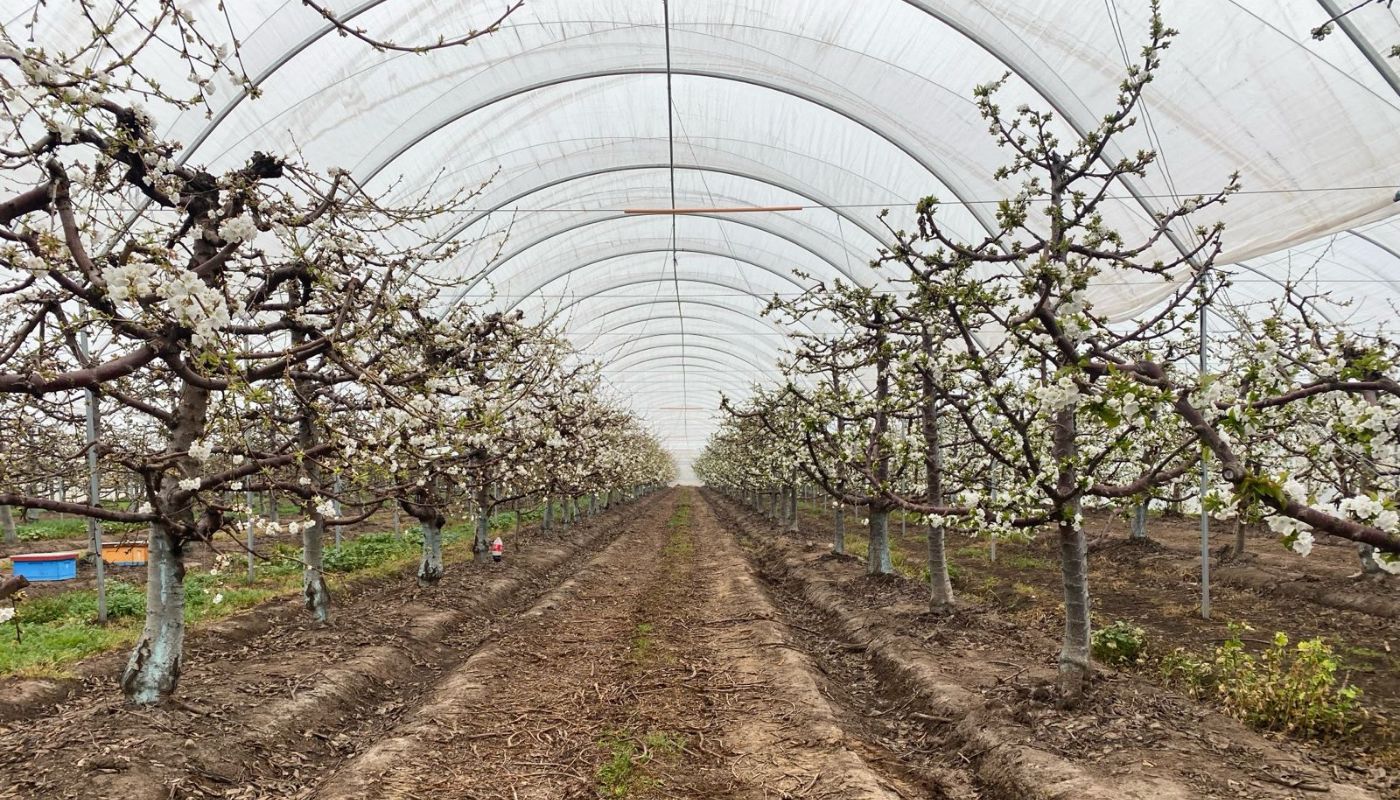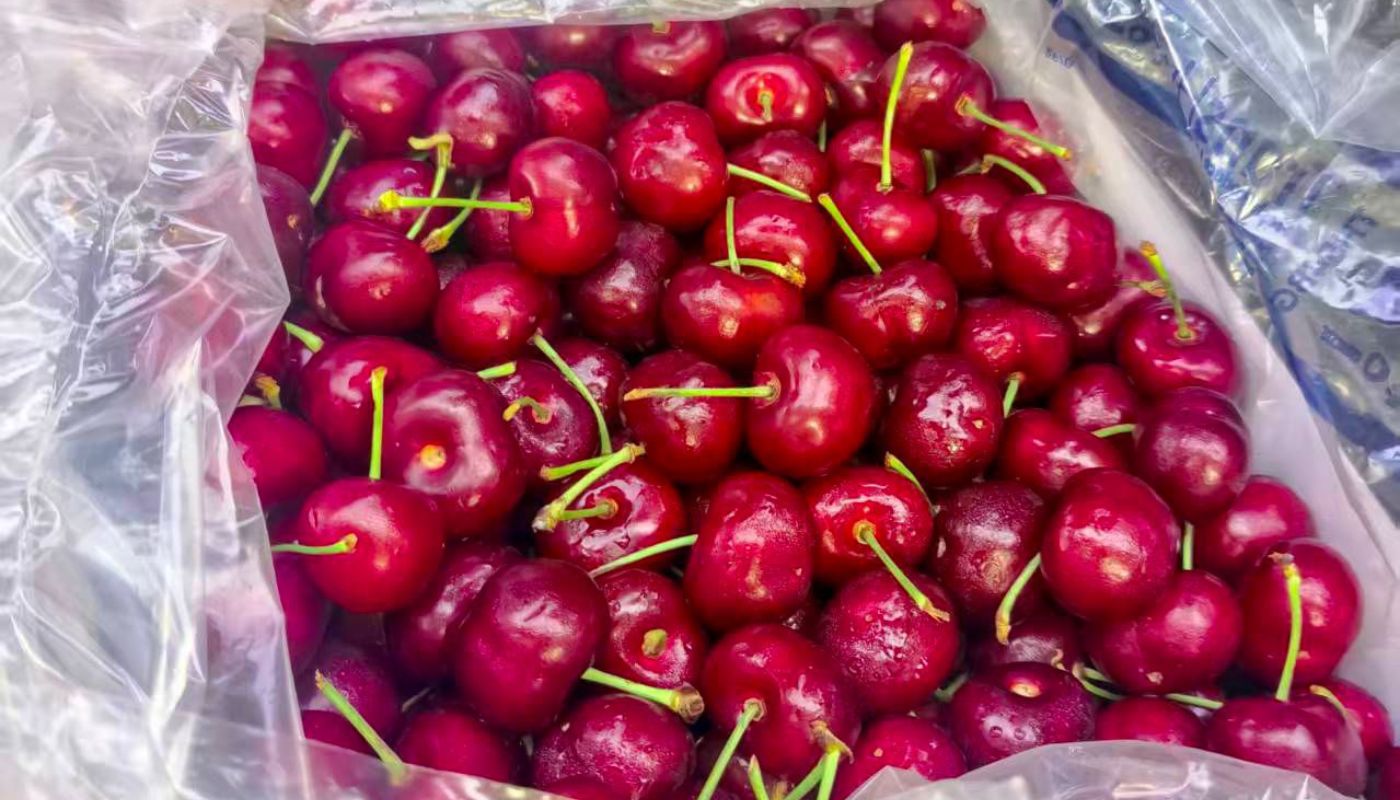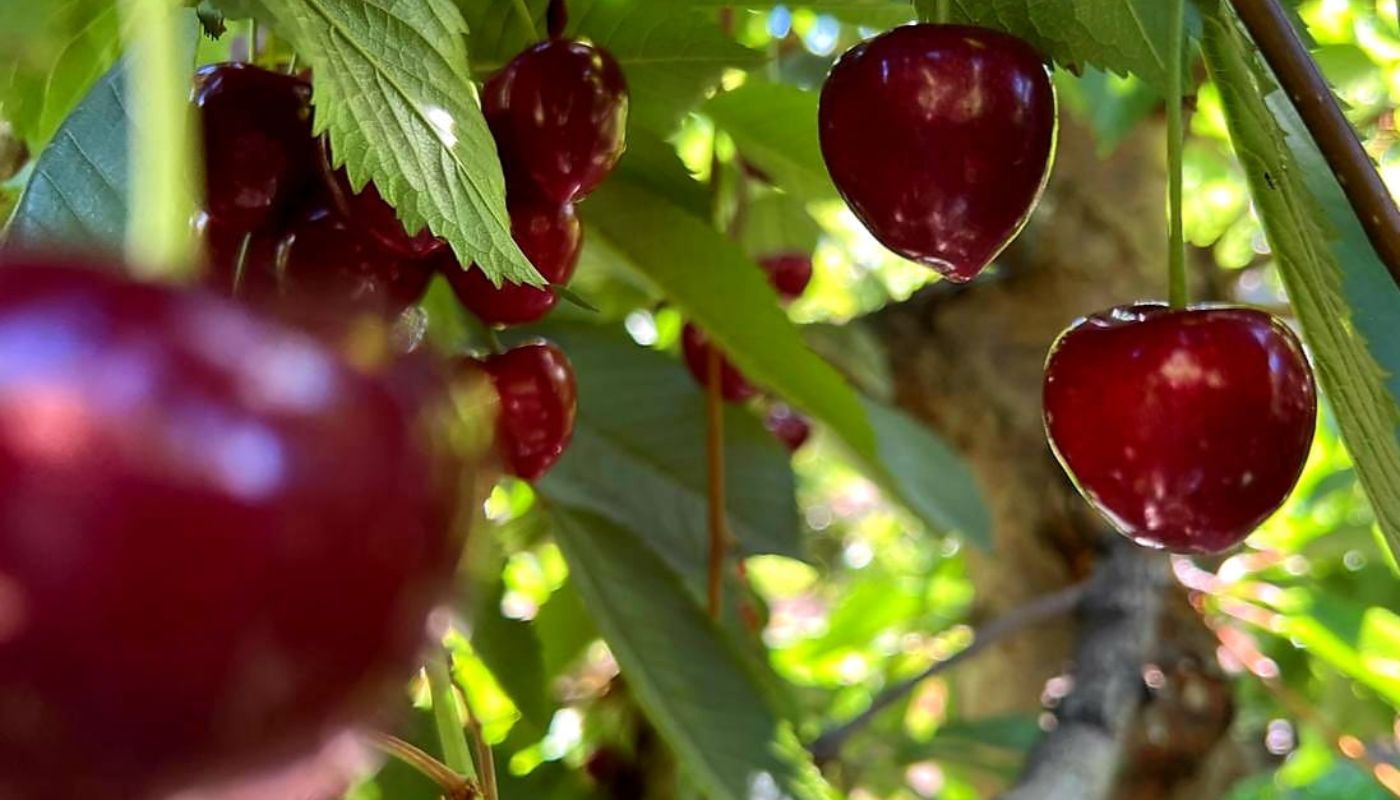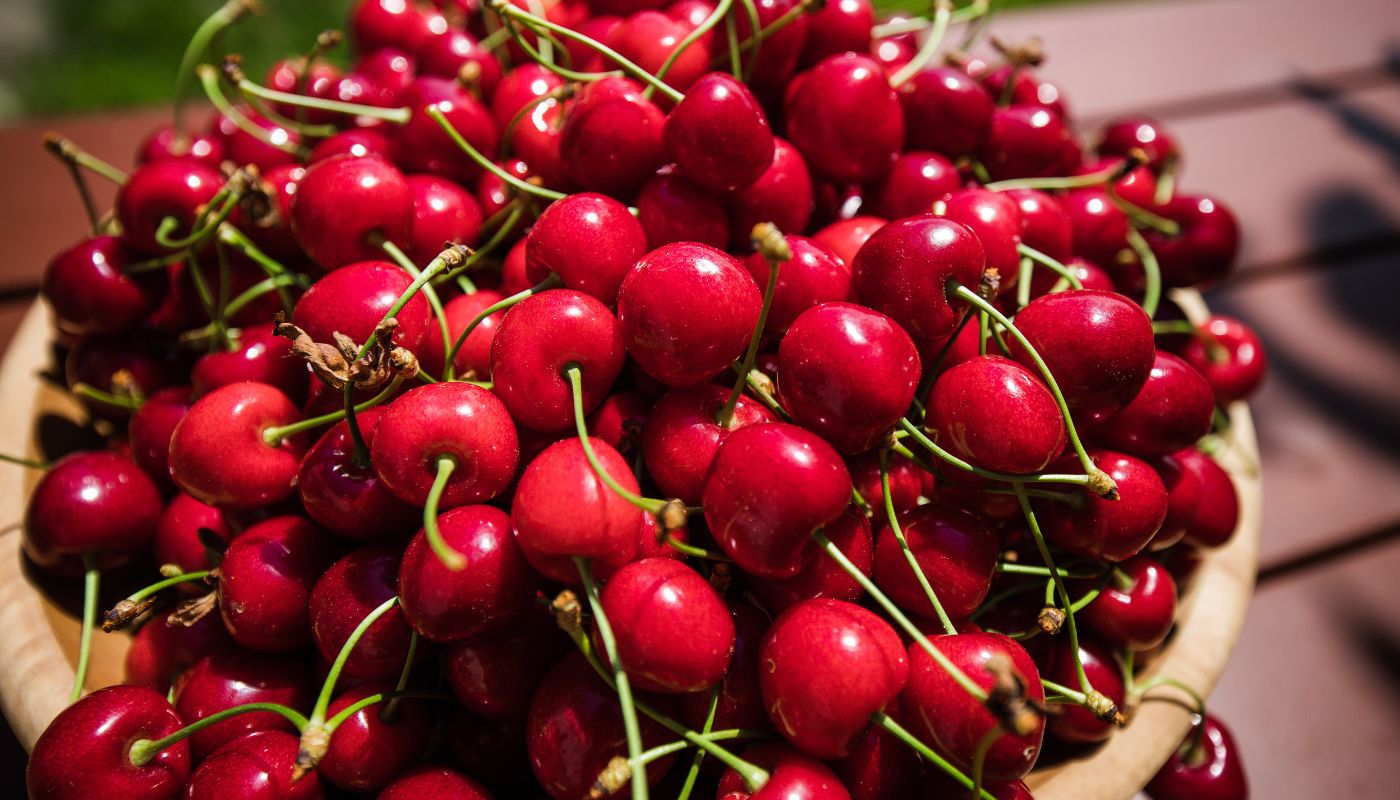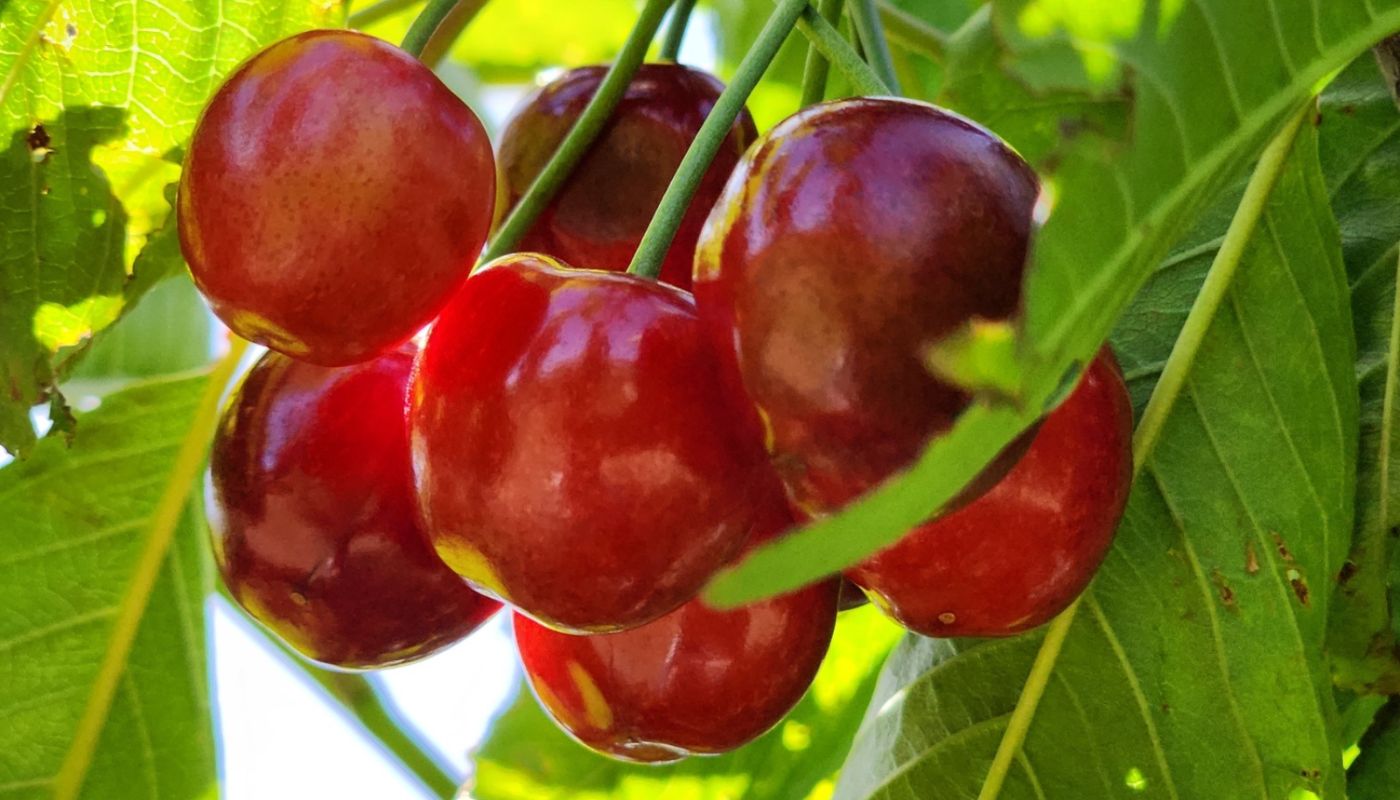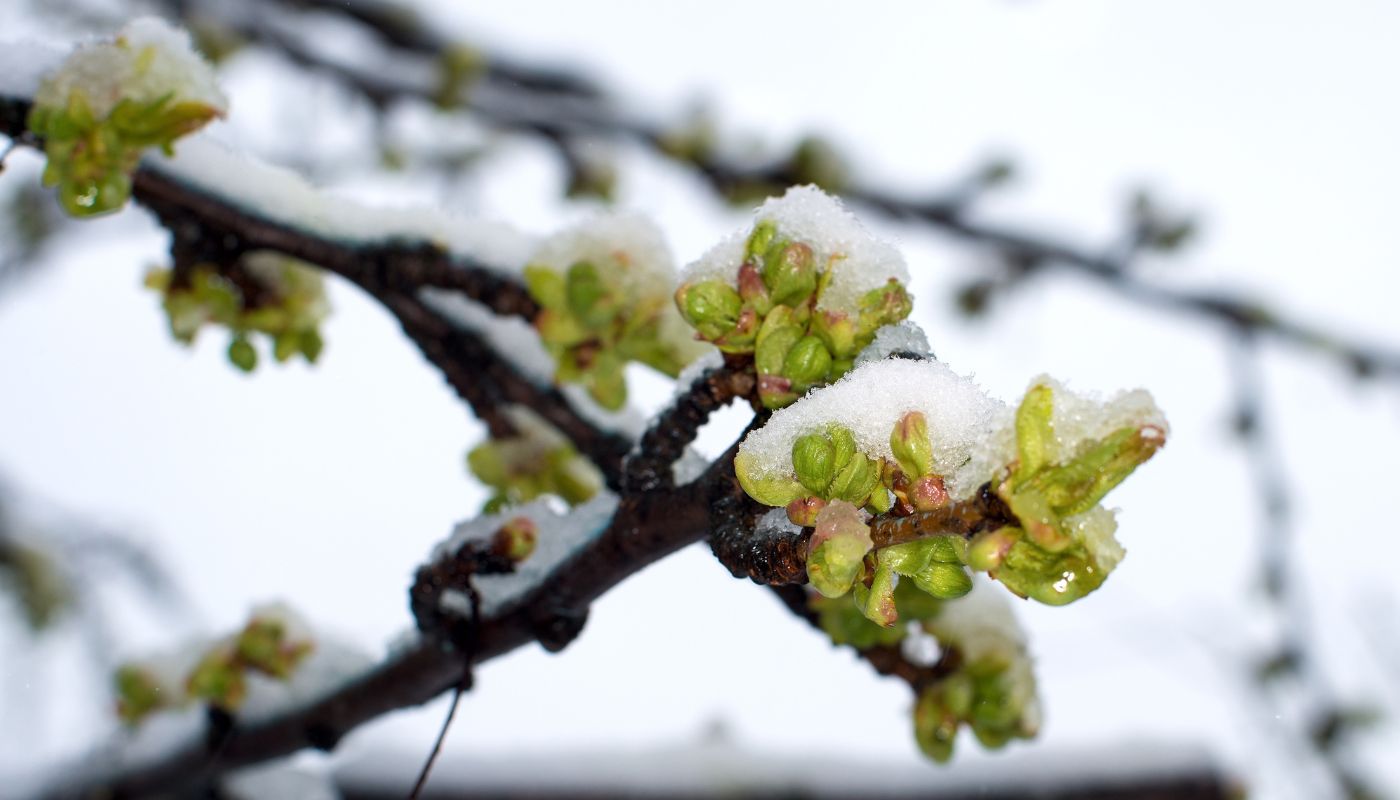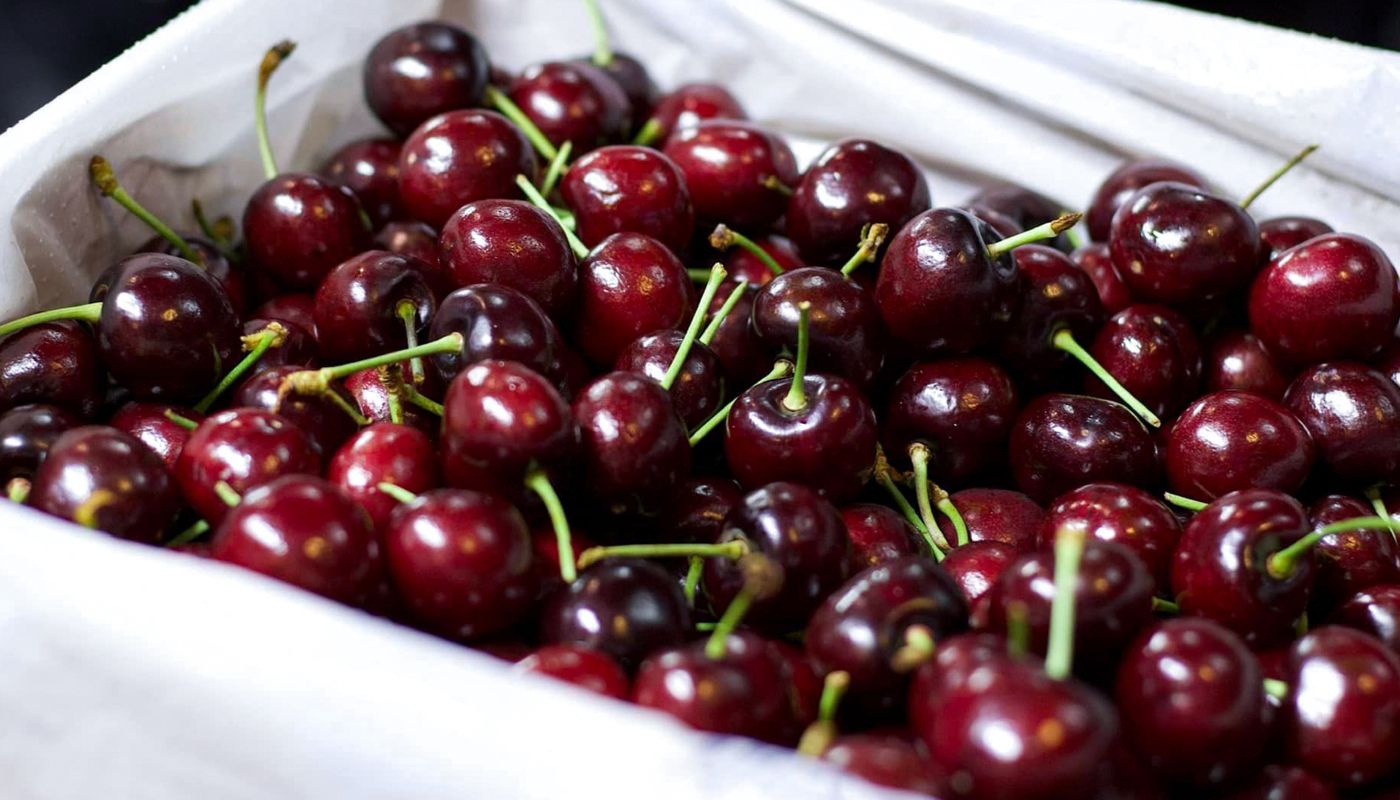The Chilean industry has reacted quickly to the growing demand for this fruit species, which for more than 15 years has been expanding by incorporating new areas, some of which do not have optimal conditions for the tree’s physiological requirements. This necessarily implies the adoption of new technologies that adapt to traditional production strategies.
One of the options to optimize the technological package and expand production to other areas with more adverse climatic conditions for this crop is the incorporation of plastic mulches.
Their implementation was justified primarily in the central region to ensure protection against fruit splitting, especially with early and/or susceptible varieties under rainy conditions. This situation is most common after rainfall, and when it occurs, it usually decreases quality and commercial value.
Water-related cracking occurs in cherries when rain comes into direct contact with the fruit. Due to osmosis, due to the difference in solute content, water enters the fruit, and the cell wall collapses under internal pressure, causing the crack. This is exacerbated by the fruit’s high sugar content, which accelerates the entry of water from the environment (external) and internally.
To learn more about the effects of mulches on cherry tree phenological development, we spoke with Jordi Casas, advisor and consultant on deciduous fruit trees. He delved into the benefits and contraindications of this type of technology, where Chile is gaining ground, while countries like Spain, Italy, and China still dominate in terms of knowledge.
Rapid ventilation and correct positioning
What the covers do is prevent the fruit from getting directly wet, keeping it dry and preventing splitting. However, the main challenge is the high relative humidity that accumulates under the covers after a rain, which can cause sensitive varieties to split even without getting wet. That’s why it’s crucial to ventilate quickly and position the covers in the direction of the prevailing wind to reduce moisture and splitting.
“After a rain, the relative humidity in the environment is very high, and even more so under the covers. Therefore, there are certain varieties that are very sensitive to splitting and, if one doesn’t ventilate quickly, can split, even without getting wet. For example, Rainier, Royal Dawn, and Brooks are very sensitive varieties. Sweet Aryana and Pacific appear to also be in the same group,” the professional explained.
Regarding wind direction, he emphasized that “when they are in the direction of the prevailing wind, they ventilate better and this process is less serious, but when they are passing through the prevailing wind, whether it’s rain or post-rain, the relative humidity is higher and there is more splitting. What you need to do is cover and try to uncover immediately after rain, especially with these varieties.”
Impact of covers on orchard health
Given the increased relative humidity under covers, the possibility of fungal rot is very common, especially if ripe fruit has wounds. Fungi like Botrytis thrive in high humidity. Therefore, Jordi Casas stated that rapid ventilation is essential, and in case of splitting, fungicides should be applied.
“The vast majority of fungi function very well from 90 percent relative humidity upwards; they don’t need free water. When the fruit is green, nothing happens, but if we have fruit that’s already ripening, in a veraison, red, and a wound opens with sugar, that’s a breeding ground for fungi. If I don’t ventilate quickly, I’m creating a humid chamber, which is ideal for the fungus because it’s at its peak growth point, as it doesn’t even require breaking the fruit. Therefore, rapid ventilation is necessary, and if there are cracks in an orchard, a fungicide should be applied immediately,” he pointed out.
Regarding the exposure time to water and the risk of splitting, Jordi Casas explained that cherries need at least six hours of watering for cracking to occur. If the watering period is shorter, the risk of splitting is also lower. Exceeding those six hours, or having more watering without ventilation, can be very harmful to the fruit.
While current weather forecasts are accurate enough to allow for 24-hour coverage, he emphasized that covers must be installed before rain begins to prevent the fruit from getting wet and to prevent higher relative humidity from developing beneath the plastic.
Maintenance and evolution in Chile
Although the useful life of covers is six to eight seasons, the more durable support structures should be inspected annually before the season to ensure their resistance to rain, hail, and wind.
“The structures must be inspected every year because, in a given season, they can be subjected to rainfall, water loads, spring or flowering rains, and sometimes hail, like this season, when we had three hail events, not minor ones, and they have to withstand the wind. Therefore, the structures are inspected every year before the season to correct any imperfections. After the season, everything must be checked for the winter. This also requires maintenance to decide when to change the plastic,” he added.
On the other hand, the advisor stated that until just over a decade ago, Chilean producers were not as familiar with covers, but today they are much more informed about the types of plastic, their characteristics, restrictions, and the need for changes in traditional management.
Furthermore, national research has helped to understand the effect and characteristics of plastic (transmissivity, thermal stability, UV resistance, among others), as well as the installation arrangement, on the quality and final ripeness of the fruit. On the other hand, other characteristics of plastic covers were learned, such as their effect on fruit size, earlier ripening, and frost control, as well as negative effects such as softening of the fruit if it remains covered until ripe.
“The use of plastic covers must be associated with different technical management appropriate to the use of this technology,” stated the deciduous fruit consultant.
Jordi Casas emphasized the need to research and consult before installing and deciding on the type of cover to use, as it is a significant investment in production costs, which are approximately $30,000 to $50,000 per hectare in the case of plastic covers and up to $100,000 in the case of macrotunnels.

